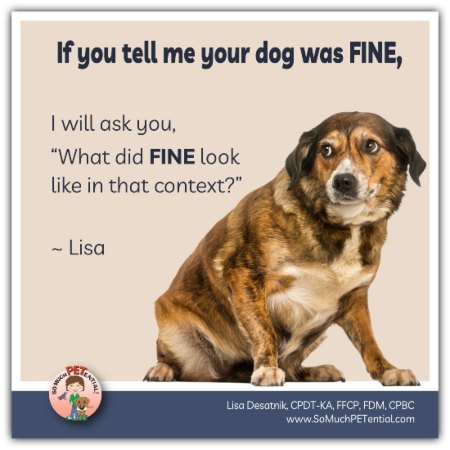Fear Free cooperative care pet training involves teaching an animal to be an active participant in handling and other husbandry behaviors. An important component of cooperative care is giving that animal the ability, choice and control to be able to say YES or NO to moving ahead. This post will explain more with some examples of cooperative care training for dogs and pet birds.
There are so many benefits to teaching cooperative care.
 Having that sense of control can go a long way toward making an unpleasant and unwanted activity more tolerable, and even possibly enjoyable. For the dog, bird or other animal, it can greatly reduce stress and create a positive conditioned emotional response (CER) instead. For the person doing the handling, it can make for a much safer handling.
Having that sense of control can go a long way toward making an unpleasant and unwanted activity more tolerable, and even possibly enjoyable. For the dog, bird or other animal, it can greatly reduce stress and create a positive conditioned emotional response (CER) instead. For the person doing the handling, it can make for a much safer handling.
Here I talk about what it is in one of my Cincy Lifestyle interviews on WCPO.

Cooperative Care: from resisting to participating in attaching his dog harness
In the past, Brutus would move away when the harness came out. We aimed to teach him to come to Ali, sit in front of her, and participate by giving her green lights to move ahead at each step of attaching his harness. You will see in the first clip that Ali pushed the harness into Brutus. I reminded her this was not what we wanted to do. We wanted Brutus to voluntarily put his face through that harness loop. When he did that, he got yummy treats!
Then Ali sent him away because that gives Brutus the option of telling her if he wants to come back for more. It is totally his choice.
He chose to come back so Ali moved ahead. You will see that when Ali moved toward his right side to get the harness attachment that Brutus moved his head toward her hands. That was him giving her a RED LIGHT to stop what she was doing. He was not comfortable and she listened. She moved her hands back.
She tried again. When he head remained neutral (sometimes moving away to get out of her way), she moved forward.
Then it was time to practice attaching the harness on Brutus’ right side. Super easy for Brutus! Lastly, Ali put it all together. In the end, the harness was attached with both Brutus and Ali working together cooperatively. There was no stress from Brutus. He was ready for his next activity!
SIDE NOTE: You may need to start this at a different point than where we were at. If your dog won’t approach the harness, you could begin shaping your dog’s behavior (teaching by reinforcing small steps to the final behavior) by marking his looking at the harness, then taking a step toward it, and another step toward it, interacting with it, etc. You could also teach your dog to put his head into other things first like putting his head in a bowl or bucket and then transferring that skill to the harness.

Other Uses For Cooperative Care
There are so many options for teaching cooperative care to an animal and so many uses for it. Remember, there are many times in your life with your pet that you will need to do husbandry tasks with your pet.
Among the list of husbandry tasks:
grooming
checking your pets ears, eyes and mouth
nail trims
shots
paw handling
baths
getting into a car
getting onto a scale
getting into a carrier
Here is a video of me teaching my bird Dreyfuss to go into her travel carrier.

Other Ways Of Teaching Cooperative Care
There are so many different ways of teaching your pet to give RED LIGHT and GREEN LIGHT in cooperative care. Whatever behavior you choose, that behavior should be taught in advance with a lot of reinforcement.
Some examples:
Teaching your pet a duration target behavior (like touching a nose or body part to something) and when your pet can hold that target, THAT is the green light.

Teaching your pet to lie on his/her side with head on the ground as the green light.
Teaching your pet to sit or stand in front of you with head held neutral as the green light.






